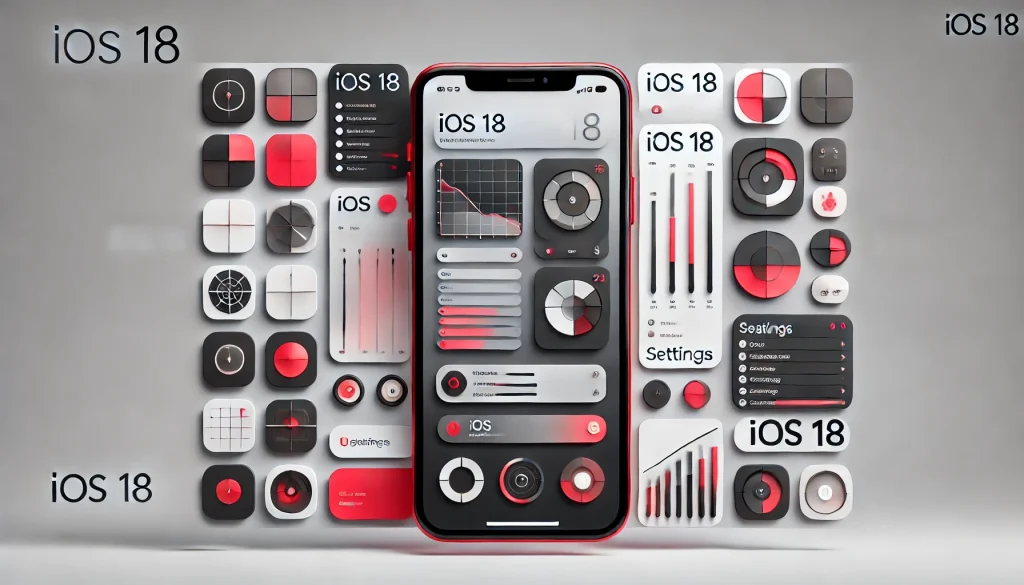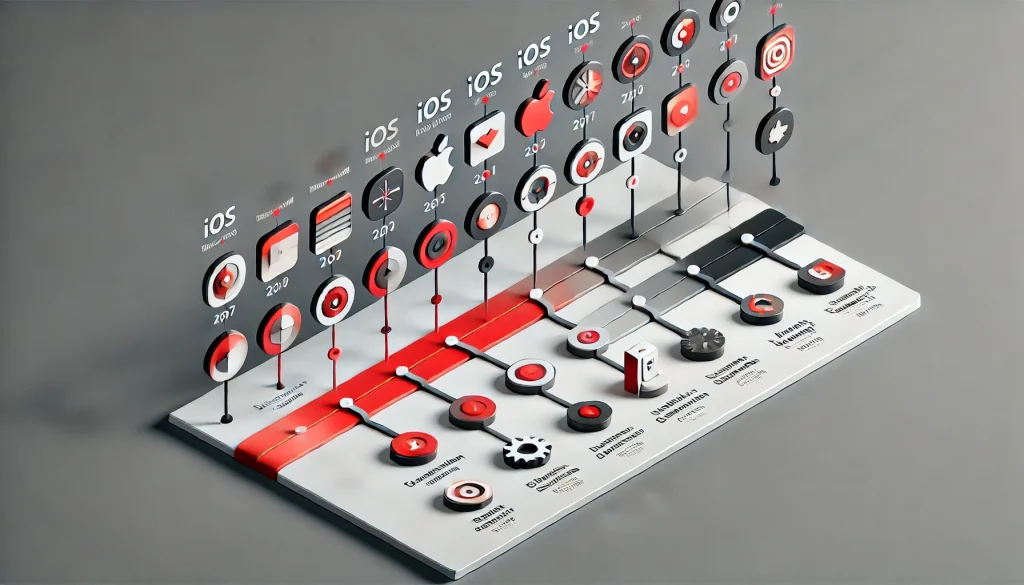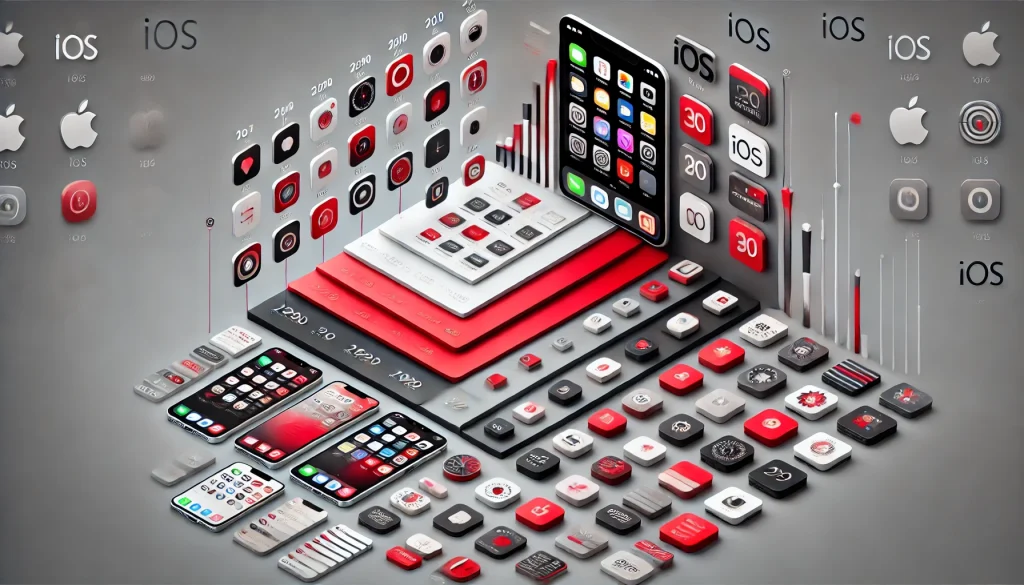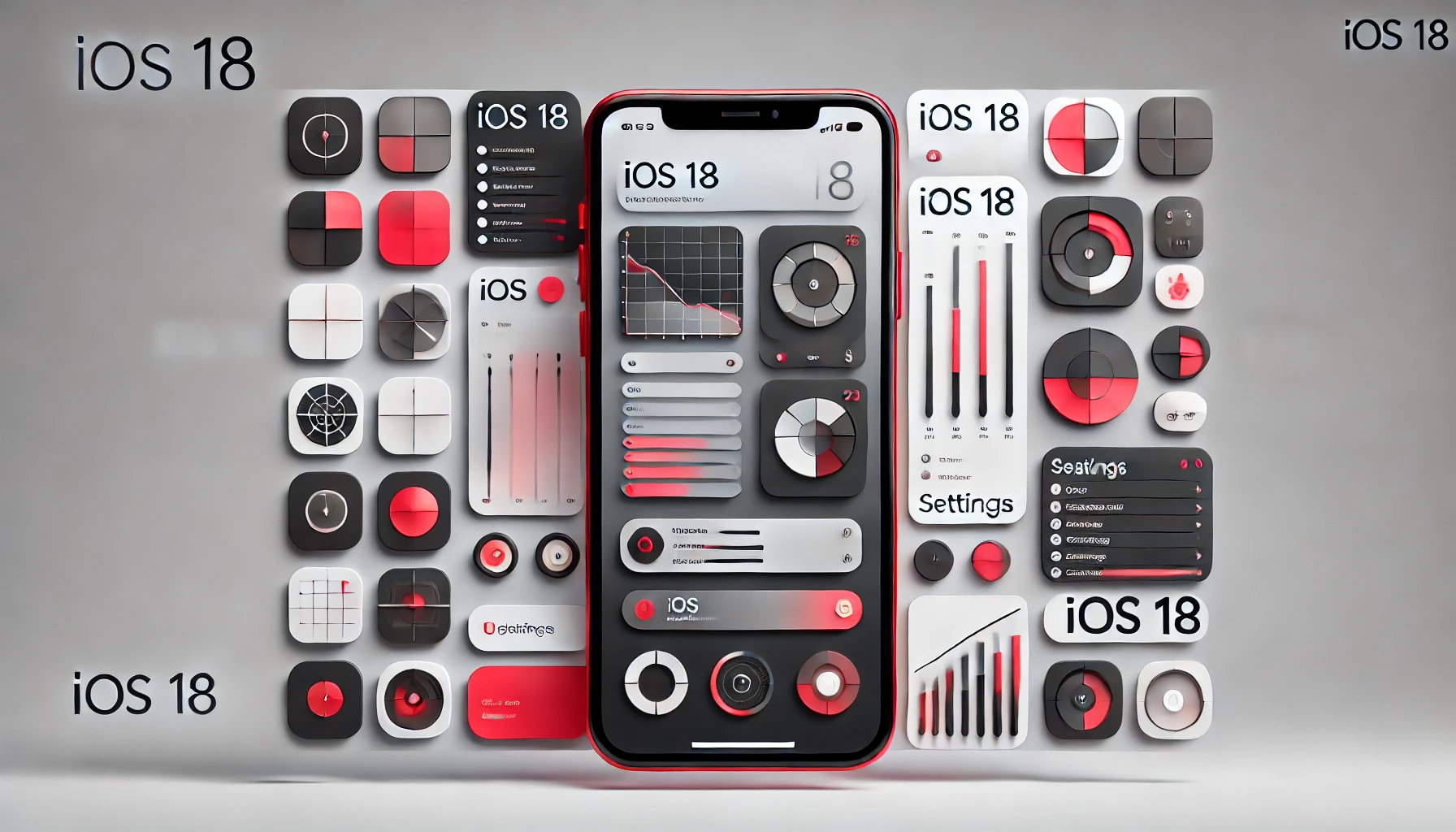
Apple’s iOS, a groundbreaking operating system, has reshaped mobile technology since its debut with the first iPhone. it has continually evolved, providing a sleek, secure, and seamless experience that anchors it as a leader in tech innovation. For industry professionals, developers, and tech enthusiasts, it consistently sets the standard in mobile interfaces and security. Over the years, Apple’s transformative updates have driven major advancements, keeping iOS at the forefront of emerging technology. Exploring iOS’s evolution reveals Apple’s strategic vision and highlights exciting future possibilities for mobile operating systems.
The Early Days of iOS: A Foundation Built for Innovation
iOS debuted with the release of the first iPhone in 2007, then known simply as “iPhone OS.” This first version emphasized simplicity, providing a core set of features with Apple’s characteristic focus on user-friendliness and reliability. At a time when physical keyboards dominated smartphones, the iPhone’s multi-touch interface was revolutionary. It introduced intuitive gestures and minimal physical buttons, allowing users to interact with their phones in entirely new ways. As a proprietary OS, it was designed to leverage Apple’s hardware, delivering unmatched performance.
The first three iOS versions were focused on laying this foundation. iOS 2 introduced the App Store, enabling third-party apps and launching the app economy. iOS 3 added copy-paste, MMS, and landscape keyboard options, making this OS more versatile for personal and professional use.
The Rapid Growth Phase: Introducing New Functionalities and APIs

With iOS 4, Apple started supporting multitasking, enabling users to switch between apps without slowing down the device. This era introduced Apple’s Game Center, iBooks, and AirPlay, marking Apple’s efforts to create a tightly integrated ecosystem. It also introduced Retina Display support, setting a high standard for display quality in mobile devices. Around this time, FaceTime was launched, marking Apple’s foray into video calling, an essential feature that has since evolved with every update.
The next few updates further expanded the operating system. With iOS 5, Apple introduced the Notification Center, iCloud integration, and iMessage, the messaging service that allowed seamless communication across Apple devices. These features brought significant enhancements to the user experience and underscored Apple’s vision of creating a connected ecosystem.
Design and Performance Overhaul: The iOS 7 Redesign
In 2013, iOS 7 was released, marking one of the most significant shifts in design philosophy. Apple abandoned skeuomorphic design elements in favor of a flat, minimalist interface. The redesign aimed to create a cleaner, more efficient interface, introducing features like Control Center, AirDrop, and improved multitasking. Initially polarizing, this shift ultimately set the foundation for design, inspiring similar minimalist aesthetics across operating systems.
Performance also received a major boost with iOS 9, which focused on efficiency and stability, especially for older devices. With proactive suggestions, transit directions in Maps, and split-screen multitasking on iPads, iOS 9 further demonstrated Apple’s commitment to productivity. Each update was designed to leverage the hardware’s capabilities fully, ensuring a responsive, high-quality user experience.
Recent Developments and the Impact of iOS 12–16
Apple’s updates in recent years have emphasized both privacy and AI-driven personalization. Starting with iOS 12, performance improvements were prioritized, particularly for older devices. Features like Screen Time, Siri Shortcuts, and Memoji offered a new level of customization and control. Apple emphasized machine learning in updates, enhancing Siri suggestions and improving photo search capabilities.
With iOS 13 and iOS 14, Apple refined user experience by adding Dark Mode, redesigned widgets, and App Library. Privacy became even more integral with App Tracking Transparency, giving users more control over data-sharing practices. This feature aligns with Apple’s mission to protect user privacy, differentiating from competing operating systems. Widgets and the App Library also allowed users to customize their iPhone’s home screen, a feature long-awaited by Apple fans.
The Next Phase: What to Expect from iOS 18 and Beyond

The forthcoming iOS 18 will enhance machine learning and AR, aligning even closer with user needs and preferences. AI should play a big role, likely improving Siri and boosting interconnected ecosystem experiences. Apple prioritizes evolving privacy, keeping user data secure amid growing cybersecurity concerns. Additionally, iOS 18 may offer smoother, integrated device experiences, supporting Apple’s fully unified digital lifestyle vision.
Apple’s advancements clearly lead technology forward. Consistent security, user experience, and innovative features make it central to today’s smartphone market.
Conclusion
The evolution of iOS from a simple OS to a sophisticated, AI-integrated platform has significantly impacted the tech landscape. Each update underscores Apple’s commitment to user privacy, device integration, and innovative features. As Apple develops new versions, this will likely continue setting trends for mobile technology, focusing on AI advancements, seamless device integration, and enhanced security protocols. This progression makes iOS a continually exciting area to watch in the world of mobile operating systems.
FAQ
What are the major updates in iOS over the years?
Apple has introduced numerous updates to iOS, including the App Store, iCloud integration, Siri, FaceTime, and Dark Mode, each bringing unique features.
How does iOS differ from other mobile operating systems?
iOS is known for its integration with Apple hardware, high-level privacy controls, and a more controlled app ecosystem, prioritizing user security and performance.
What can we expect from iOS 18?
iOS 18 is anticipated to bring advanced AI capabilities, enhanced privacy settings, and improved device integration, further advancing Apple’s digital ecosystem.
Resources
- Computer World. Evolution of iOS.
- History Tools. Apple iOS Operating System Guide.
- iGeeksBlog. History of iOS.
- Lifewire. iOS Versions.
- Practically Networked. iOS History.

Brijesh Gohil is the founder of Tech Brij, A popular Tech Blog which is focused on Tech tips & Buying Guides. You can follow him on Facebook, Twitter, Google + & LinkedIn.

